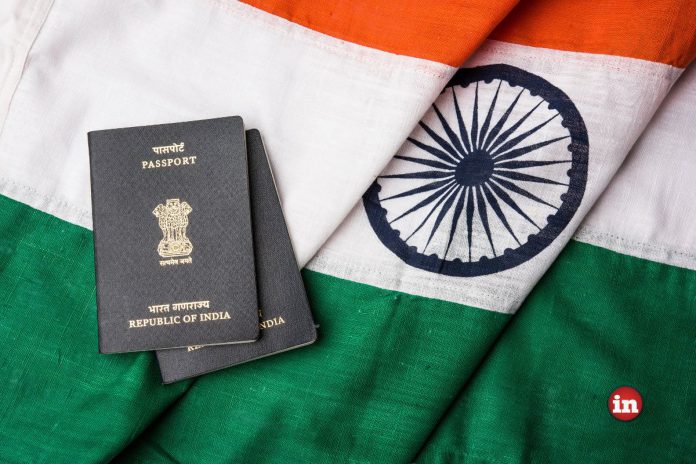India is one of the fastest growing economies in the world and has been for some time. Everywhere you look today, everyone is talking about the same thing: India is rising, India is arriving. The nation is on track to become the world’s third-largest economy, its companies are going global, and it is building new airports and hosting international summits.
All of this paints a clear picture: India is a rising global power. Yet, a peculiar paradox persists. Despite this immense growth, the Indian passport can’t get its citizens into most countries without a visa, with India ranking just 81st on Henley’s Global Passport Index.
The truly crazy part is that even a struggling economy like Argentina has visa-free access to almost triple the number of countries that India does. This stark contradiction between economic might and passport power reveals a complex web of factors that have kept India’s global travel rank surprisingly low.
The math simply is not “math-ing”, with Indians enjoying visa-free or visa-on-arrival travel to just 57 countries. This is not just a stagnant position; it represents a nation that is actually falling behind in the global travel landscape. Meanwhile, other countries with significantly smaller economies perform far better. Brazil, for instance, sits at 17th with access to 169 countries, while South Africa is at 48th with 102 countries. Even Seychelles, a small island nation, ranks 24th with visa-free access to 155 countries. This profound disconnect between India’s economic stature and its passport’s limited utility demands a closer look into the reasons for its poor ranking.
One of the most immediate factors is India’s low per capita income, a figure in stark contrast with the country’s burgeoning GDP. This reality means a low spending power abroad, and countries are naturally less inclined to roll out the red carpet for tourists who may not contribute significantly to their economies. But this is just one part of the story. Visa policy is a two-way street, and India’s approach to inbound travel plays a major role in its global standing.
India is a remarkably tight country when it comes to granting visas. On its side, it allows visa-free entry only to citizens of Nepal, Bhutan, and the Maldives. This strict approach is largely due to its geographical location, which makes it prone to security risks. The region deals with ongoing terrorism, porous borders, and constant migration pressures. The government is wary of tourist visas being misused for illegal work, or of people slipping through weak checks and posing bigger security risks.
While this cautious approach is taken in the name of safety, it comes at a cost. When India does not offer visa-free entry to many countries, its bargaining power to ask for the same in return is severely diminished. The European Union, for example, follows a simple reciprocity rule. They expect the same visa-free access for all EU citizens in return for granting it to a specific country. When this expectation is not met, the EU can even suspend visa-free entry for that country’s people.
Beyond policy, a lot of the rank also comes down to reputation and perception. India’s low per capita income and its tag as a “tough neighbourhood” already lead outsiders to perceive more risk. And to be fair, Indians sometimes contribute to this image themselves. When traveling abroad, some ignore rules, litter, or behave in ways that locals dislike, which reinforces a stereotype of Indians being messy. While this may not be a fair generalization, this perception moves up to governments and eventually shows up in the passport rankings.
A significant concern for many countries is also the issue of Indian immigration. Countries worry that Indians who come to study or work may tend to settle permanently, which can put pressure on jobs, housing, and healthcare for local citizens. Canada, for instance, admits over 120,000 Indians as permanent residents each year, and this has become a political hot topic in many countries, directly influencing how open governments are to Indian visitors.
Finally, the reliability of the Indian passport itself has been a factor. For years, the old passports had poor print quality and were easy to tamper with. Modern passports with biometric chips were only rolled out in 2022, and only a fraction of the more than 100 million passports in circulation have been upgraded so far.
When all these factors—low incomes, regional volatility, reputation, emigration concerns, and outdated passports—are put together, the result is obvious. That is what global rankings capture, which is why the 2025 Henley Passport Index placed India 81st, on par with countries like Gabon, Madagascar, and Mauritania.
However, the story is not static, and things have started to improve. Countries like Malaysia, the Philippines, and Sri Lanka have recently eased their visa rules for Indians. The EU’s new visa cascade program is also providing longer Schengen visas to qualifying Indian citizens. The new e-passports are playing a crucial role in rebuilding trust and improving the document’s reliability. As this trust builds, new deals will stack up and Indians will continue to make their mark globally, with the promise of a passport that will be the pathway to global mobility.


